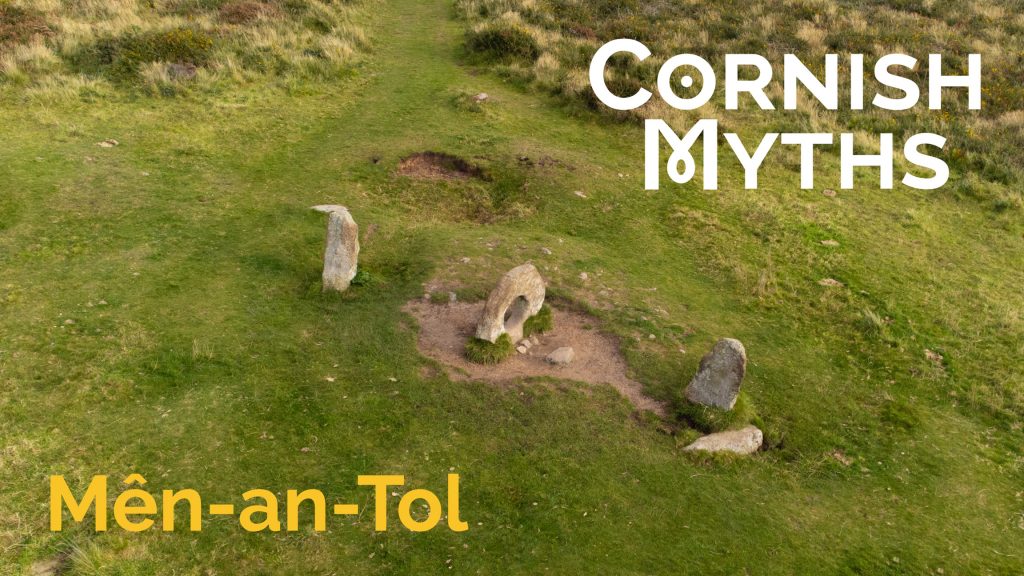Lectures with Christoph Miller –Offshore, Veronica Fuerte –Hey, Vince Frost –Frost Collective, Sam Bompas –Bompas & Parr, James Stringer –Werkflow
In this week’s lecture our panel covered two questions –
What is your development and reflection process? and How has production, risk, failure and your own personal ambition affected the outcome?
OffShore work together at different paces that complement one another. They also try to test an idea at early stages so they can be discarded if they don’t work and they can move on to something that will. They also suggest taking a step back from a project, and coming back to it later. This is something I wish I had time for, as I quite often need to just get something finished and into production.

I also really identified with them when they spoke about being control freaks about their projects – one thing about working from home that is very difficult for me is that I have lost that control of my work projects. My previous workflow allowed me to run proofs, turn the files over to pre-press with any notes I might have about production, have a word with the printer, check it on press, have a chat with the finishing department, physically check against something in the archive for colour matching or double check the die measurements personally, and finally see the final version before it was sent to a client. I could follow a job all the way through, and check nothing had been missed. Now that process stops at packing files up and putting them in a networked folder!

Production is a very important factor in design, and I think it is often neglected. I was taught only the rudiments of file packaging on my undergrad degree, and I am quite often asked by the pre-press department to fix files sent to them by other designers. I really enjoyed Miller’s story about the posters they had printed with neon pink ink which faded very quickly, it is always important to have an in-depth chat with anyone who is producing work for you, to get across exactly what you need! I also appreciated that they do not finish all of the their self initiated projects. Sometimes client led work needs to take precedence, sometimes an idea just doesn’t land right or they lose interest. This is normal, and you will pursue the ideas you are most excited about.

Veronica Fuerte tries to strip everything back to the simplest shapes she can, which is actually very complex and time intensive. She finds that once she has cracked it, she can then explore it in different contexts. She also started her shop online, which was low risk. Moving to a physical shop has been much more difficult, with a lot more risk involved, but every step has been organic and grown out of demand.

Vince Frost sees himself as the client for self initiated projects, so he does it because he wants to. He reflects a lot on the project, printing the designs out, put them on the wall and live with them. which means there will be a lot of reflection on the project. A favourite method is to print things out and display them, look over things again and again making tweaks wherever they’re needed until it’s just right. The biggest risks to a self initiated project are funding and self doubt! Frost also finds it difficult to write a brief for self initiated projects, and they also run the risk of never being finished. These are real concerns of mine, and I have found it difficult to engage with brief writing for this project. Formalising a brief is so alien to my workflow, so it has been a struggle.

Sam Bompas doesn’t reflect as there usually isn’t the time. He seems like a design shark, always swimming, never stopping! He spends a lot of time consuming information and trying to make connections. This is again an interesting point of view, as my experience is so different. He is all ideas, no production, and I feel like sometimes I am all production, no ideas. Ideally I will reach a middle ground there, and be a more holistic designer. Bompas also seems to rush into projects just from his enthusiasm for the idea, which has led to some mistakes or risky propositions. He’s been lucky they they’ve paid off and not ended in disaster, and I thought it was interesting that his partner has invested so much into health and safety training as I did not get the feeling that Bompas takes that into consideration greatly himself!

Werkflow use an iterative process, and often have to deal with incredibly fast turn arounds for their commercial work. This has led to them developing techniques and aesthetics that cut down on production time and can follow into their self initiated projects. They are also moving in waves, following funding grants which allow them to expand the project or bring outside workshops in. This is a really long term project, and needs a lot of reflection and trail and error. This is useful to me, as I’m trying something brand new and running into constant problems. I’ve had to take a step back or start over so many times this week!
Workshop Challenge
This week we expect you to make and produce your self initiated project idea.
Imagine and make one design response to your self initiated project brief, as outlined on your mood boards.
Demonstrate your development.
Upload initial ideas and sketches to the Ideas Wall and reflect on them in your blog.
Make prototypes and experiment with design and production techniques to ensure you engage with your target audience.
Do not forget to record all tests, even if they fail, and add them to the Ideas Wall.
Design and deliver your final outcome, in line with your original aim and objectives.
This has been incredibly difficult! But I think we got there in the end.
